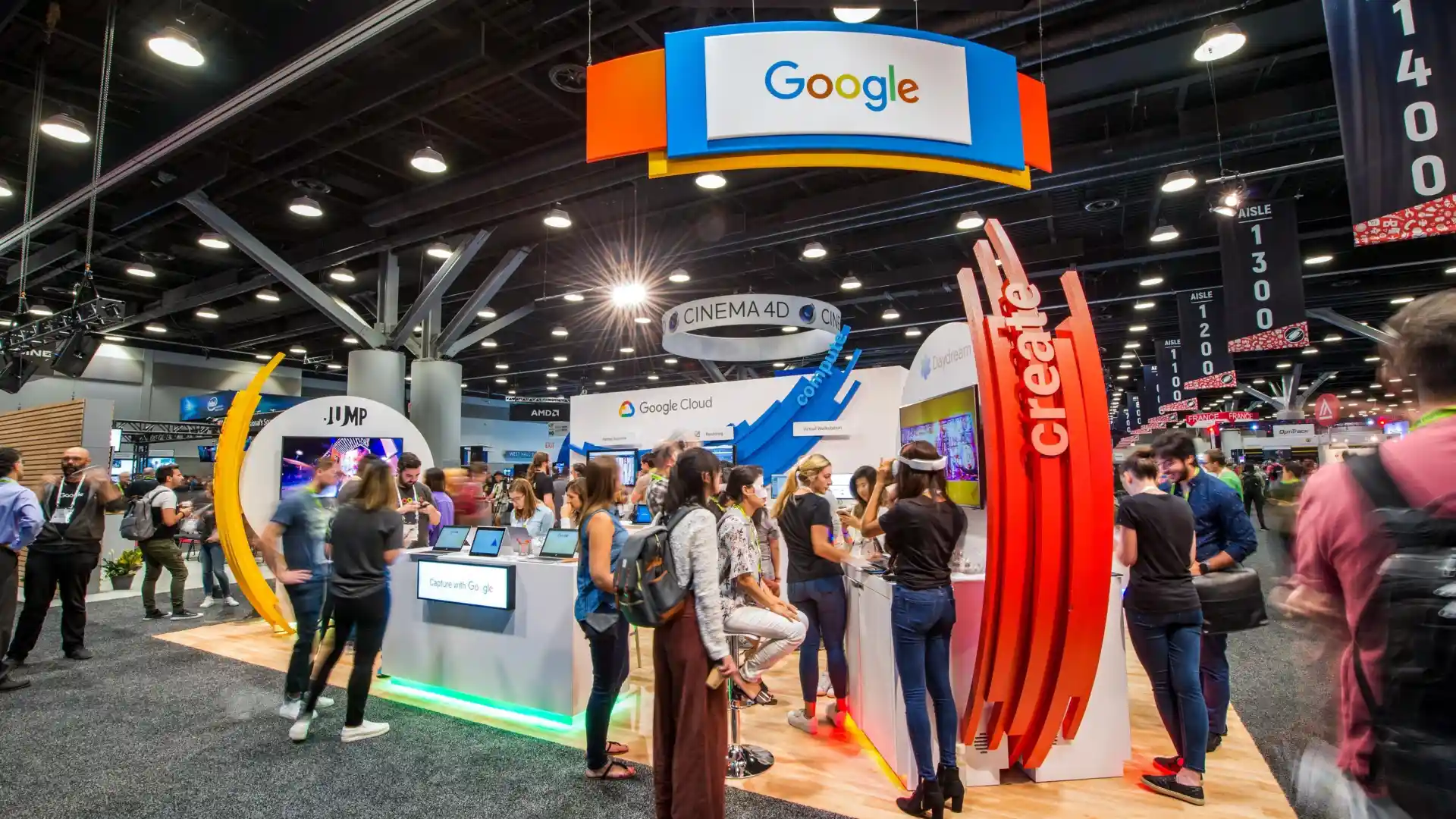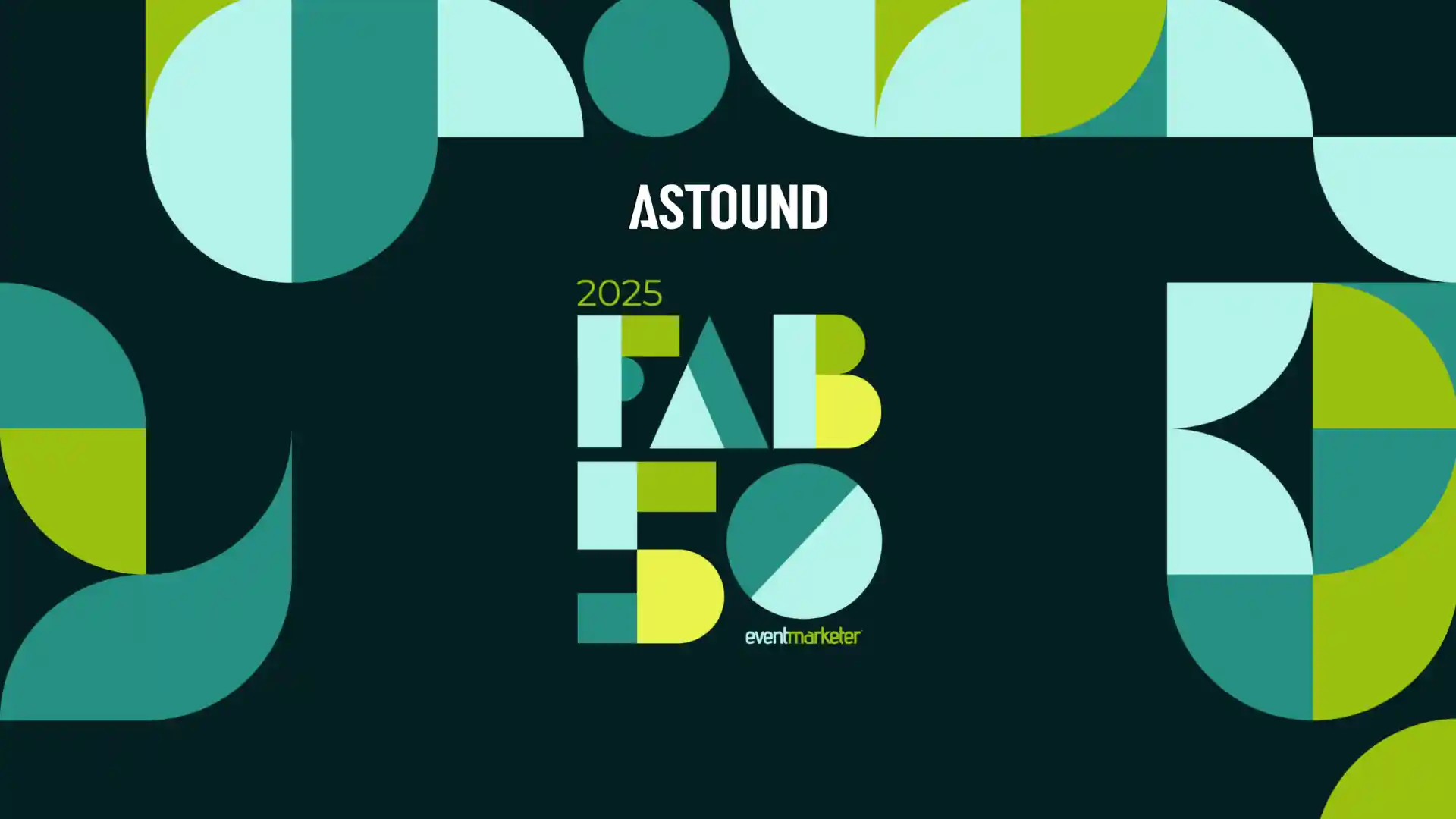Building Meaningful Connections Through Design
Human beings are complex creatures. So much of our understanding is done under the surface of our subconscious minds without us really knowing it. Designed environments, particularly branded environments, can trigger the wrong message.
We risk losing connections to our audiences if we do not address how the subconscious mind works when it comes to design aesthetics.
The unconscious mind triggers emotional responses and we want people to experience something emotive within a space and with brands.
There are seven basic guidelines for design that is grounded in cognitive sciences which we hope will promote those emotional connections:
Be open & social
Showcase desired behaviours and encourage others to do the same. Provide a sense of belonging, and tap into the idea to mirroring the behaviours of others.
Be compelling
In this world of infinite choice, we need to grab attention; be interesting enough to compel people to turn and look, stop, enter, and engage with us as a branded environment. Humans are attracted to patterns, movement, and colour, and will unconsciously take note when something in their daily routine has changed.
Be engaging
Build a place where people can interact with you and your product, allow them to participate - this will deepen the connection to you and your offer. By allowing your customer to hold the product, try it on, taste it, or drive it, our unconscious mind starts to tie us to the item….it becomes, for all intents and purposes, ours, and the emotional bond is cemented.

Be Focused
Provide a coherent, clear offer so that your customer easily understands your brand and what you bring to the table. Consciously remove any elements that dilute your message. Ideally, that offer solves a problem inherent in the design of your competitor’s spaces and promotes connection through removing mental clutter.
Be Compatible
Remove any barriers to people interacting or engaging with you, whether physical or emotional. Design should fit seamlessly into people’s lives and make it easy to connect with you. Think through the flow and path to engagement in the space, put yourself in the customer’s shoes and walk around in them to ensure that you are designing a space that unfolds naturally.
Constantly Evolve
Designed environments sit at the front lines of your story telling – and people will tend to tune you out if you are telling the same story in the same way time and again. Design a space that has the flexibility to change to maintain relevance and interest – particularly at the street level - this will provide a reason for your customer to return time and again. Remember: we notice when something in our routine changes.
Be Ownable
Your designed environment should be uniquely yours so that your customer recognizes you no matter where you are; build a sense of familiarity and comfort so that the name on the door is almost not required. Stand out. Be unique. Transcend the competition. Create memories. Create connection.


